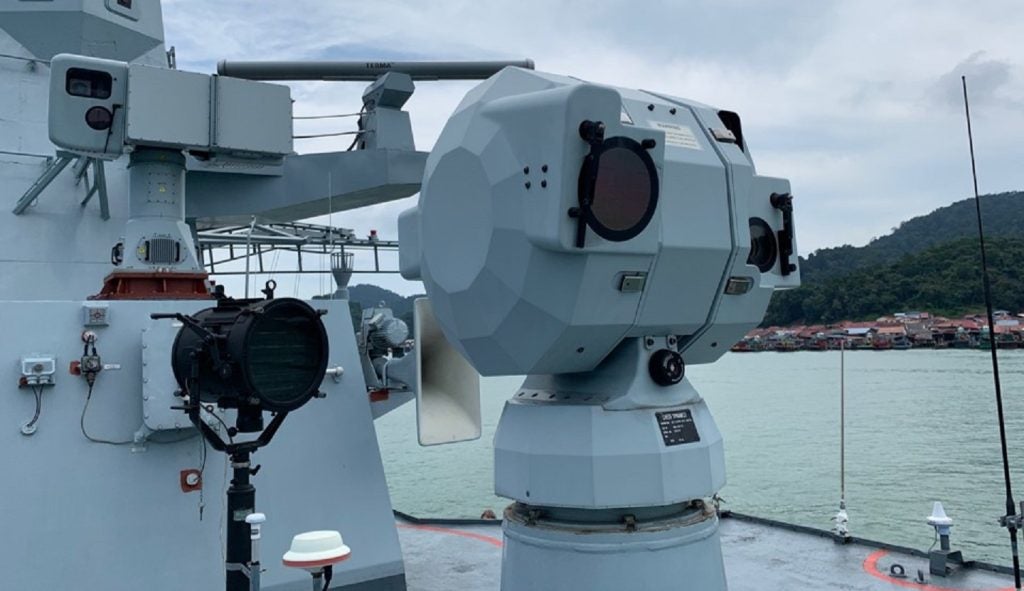Marine structures: Marine structural design, materials and components: Introduction
In the complex world of marine structures, discerning the optimal design, materials, and components is critical for the construction and maintenance of robust, efficient, and innovative marine structures.
Our expert buyer’s guide has content designed to assist companies and professionals in the marine industry during procurement processes.
Some of the industries for whom this information is particularly valuable include shipping, oil and gas extraction, marine renewable energy, and coastal infrastructure development.
Our content is designed to help buyers make informed decisions that will stand the test of time and, importantly, withstand the rigours of the marine environment.
See Also:
Understanding marine structural design
Marine structural design is a specialised field that requires a deep understanding of environmental challenges, material behaviour under marine conditions, and the latest engineering practices.
When evaluating marine structural design services, companies should look for providers with a proven track record in delivering projects that not only meet but exceed safety and performance standards.
The design process should incorporate advanced simulation and modelling techniques to predict structural behaviour under various scenarios, including extreme weather conditions and long-term degradation.
Selecting materials for durability and efficiency
The choice of materials for marine structures is critical.
Materials must withstand corrosive saltwater, high pressures, and biological fouling while maintaining structural integrity and functionality.
Companies should prioritise materials that offer the best balance between durability, weight, and cost.
High-strength steel, corrosion-resistant alloys, advanced composites, and innovative coatings are among the preferred choices for modern marine structures.
It is also essential to consider the environmental impact of the materials used, opting for sustainable and eco-friendly options whenever possible.
Marine structures: Components that ensure reliability
The components used in marine structures, from fasteners to load-bearing elements, must be of the highest quality to ensure the longevity and reliability of the structure.
When sourcing components, companies should seek out suppliers with certifications and quality assurance processes that align with international standards.
It is also advisable to consider the ease of maintenance and the availabillty of spare parts to minimise downtime.
Industries benefiting from advanced marine structures
Our guide can be valuable across a wide range of industries.
These include, but are not limited to:
- Maritime transportation
- Offshore oil and gas exploration and production
- Marine renewable energy (wind, wave, and tidal)
- Port and harbour operations
- Coastal protection and marine infrastructure
- Naval and defence sectors
Industry-leading systems and solutions in marine structures
With an ever-growing demand and increased marketplace competition and activity, selecting the best marine structures and related solutions can be a complicated process.
When researching and selecting marine structures, companies should be aware of specific systems and solutions that are critical to the integrity and functionality of these assets:
- Advanced mooring systems
- Dynamic positioning systems
- Hull reinforcement and stabilisation solutions
- Offshore platform design and construction
- Subsea pipelines and cabling
- Corrosion protection systems
- Wave and wind energy converters
- Dock and jetty construction components
- Marine-grade lighting and electrical systems
- Ballast water treatment systems
- Anti-fouling and marine growth prevention solutions
- Navigation aids and safety equipment
- Underwater inspection and repair technologies
- Environmental monitoring and protection systems
- Salvage and decommissioning equipment
Latest technological advancements in marine structures
The marine industry is witnessing constant technological advancements.
Many of these are revolutionising marine structural design, materials, and components.
Innovations include, but are not restricted to:
- Digital twins, which create virtual replicas of physical structures for analysis and optimisation. These are becoming increasingly prevalent.
- Increased use of artificial intelligence and machine learning for predictive maintenance and structural health monitoring is also on the rise.
- Development of new materials, such as self-healing concrete and bio-inspired coatings, is set to enhance the durability and sustainability of marine structures.
Marine structures, materials and components: Our conclusion
In conclusion, companies involved in the construction and operation of marine and offshore structures must meticulously select design services, materials, and components.
Each of these must always meet the highest standards of quality, durability, and innovation.
By doing so, companies will ensure the safety, efficiency, and longevity of their marine assets while also contributing to the sustainability of the marine environment.






